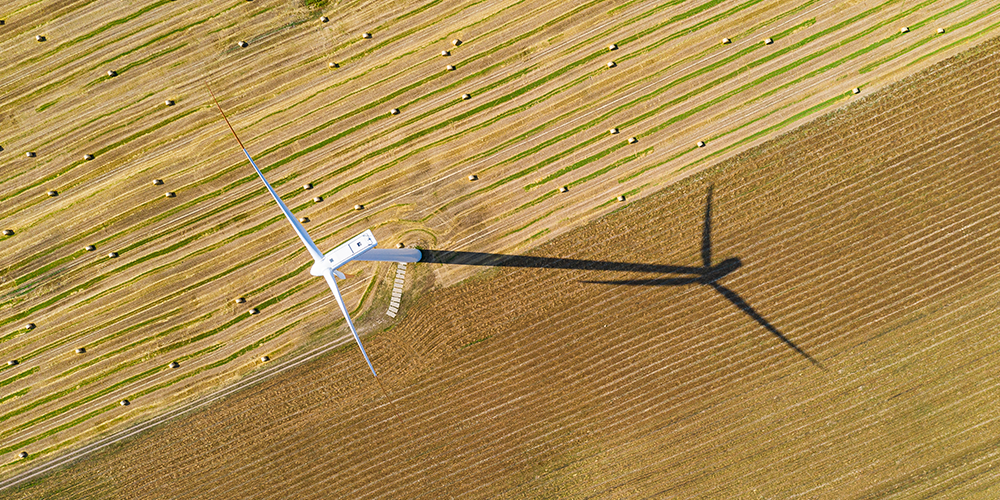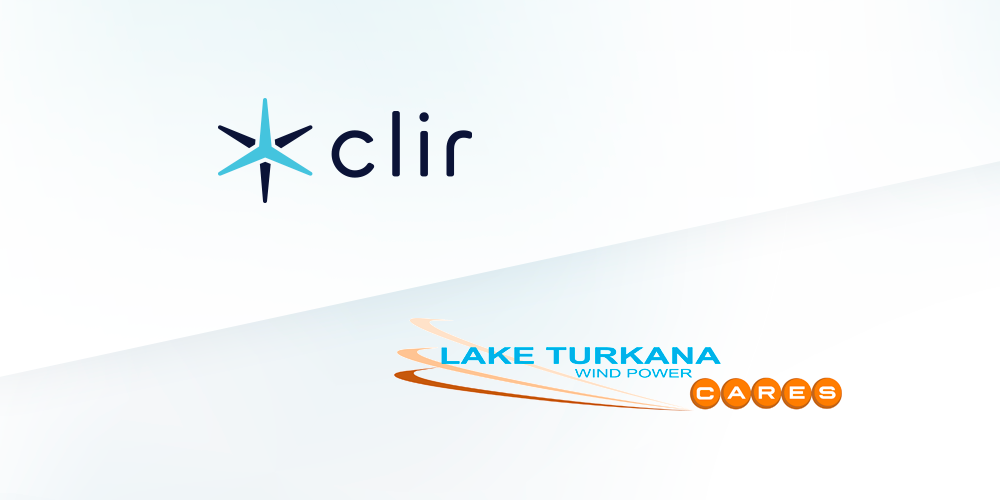While 2021 saw some of the lowest wind energy production figures in recent times, wind energy operators may be incorrectly attributing reduced power generation solely to low wind speeds, rather than leveraging technology to investigate alternative reasons for wider underperformance.
If not addressed, a trend for over-attributing low production solely to wind resource could be damaging to clean electricity output across European wind farms. That at least, is according to Clir, the leading provider of digital asset performance technology for the wind industry.
As European wind asset owners have endured a summer of low wind, peak hour power prices have risen to their second highest level since 2018. Energy companies including SSE in the UK, and Orsted in Denmark have reported their lowest wind speeds for two decades, while the pressure to deliver on production targets is at an all-time high.
But, while asset owners continue to attribute low power generation solely to wind resource, there could be a significant impact on wind portfolio valuations and investor returns, and reduced supplies of clean power to the grid.
Comparably, a focus on turbine ‘availability’ – over maximised performance – may be preventing asset owners investigating lower power outputs with more rigour.
“In the instance of lower power generation, it’s easy to apportion sole blame to wind resource,” said Andrew Brunskill, Director of Data Science, Clir. “But there could be a myriad of other factors affecting project underperformance – ranging from incorrect yaw or pitch settings, or unanticipated environmental factors.
“Whilst our software can identify low wind periods, as we have seen across Europe in 2021, its true value is its ability to delve into the root causes behind wind farm underperformance irrespective of wind levels. We are working with site operators to identify and resolve issues which, in many cases, are attributed to ‘low wind’ rather than wider inefficiencies.
“At Clir, we know that significant marginal gains can be made by immediate reporting and acting on equipment issues, to optimise wind assets. But if we continue to place blame for lower performance solely on wind resource, we’re collectively missing a huge opportunity to increase wind energy contributions to the European power mix, and the underlying value of projects and portfolios.”



